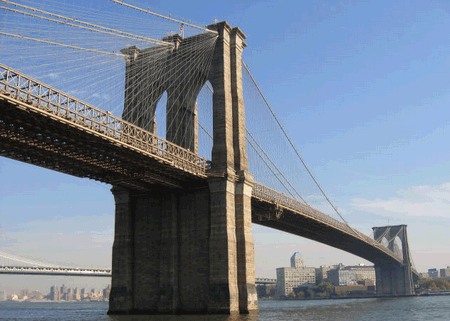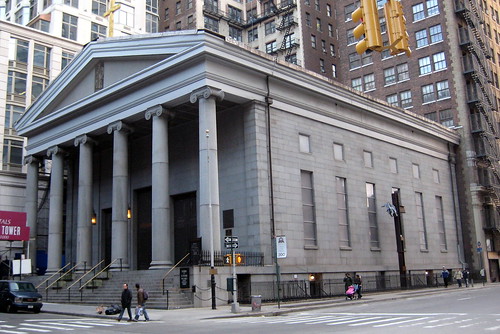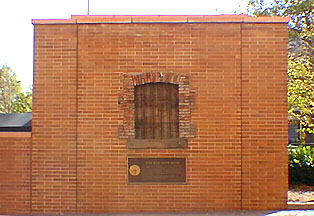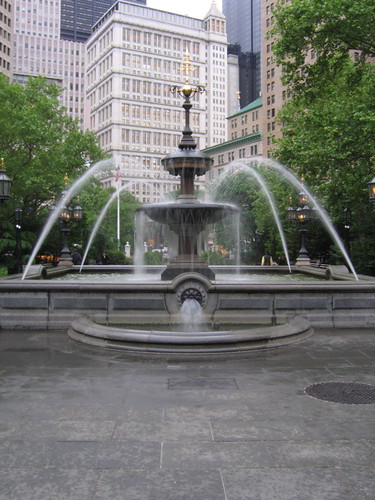The Custom House, just south of Bowling Green, is a microcosm of New York City history. It stands on the site of the Dutch governor's mansion and is directly across from the site of Fort Amsterdam, the stronghold of the Dutch city. It is also a mere stone's throw from Peter Minuit Park, site of Munuit's "purchase" of Manhattan from the nomadic Native American tribe that hunted there. It is in no way an exaggeration to say that the Custom House is at the heart of the embryonic city.
The Alexander Hamilton Custom House, as it is officially called, was completed in 1902 by Cass Gilbert, the brilliant architect who would design the Woolworth Building (1913). More to the point, the Custom House is palatial, internally and externally. This reflects the emphasis on Federal revenue from maritime commerce. It was there, rather than internally through income taxation, that the United States dervived its operating capital.
As early as the 1950s, New York docks were beginning to disappear, first from the East, then from the Hudson River. It is curious that the Civil War propelled New York City to the nation's major port while the years following the Second World War marked its decline. Whatever sea traffic enters the Port of New York in the early twenty-first century enters through Elizabeth, New Jersey and the West Side docks, if they exist at all, are home to amusement malls, like the South Street Seaport or Chelsea Piers, or museums such as the Intrepid Air, Sea, and Space exhibition.
The Custom House has been home to the Museum of the American Indian since 1998. From the location of Minuit's purchase, to the Dutch governor's mansion, to the revenue-producing agent of the early twentieth century, back to a celebration of the Native American inhabitants of Manhattan and America, the site is a living example of the gyres of time.











